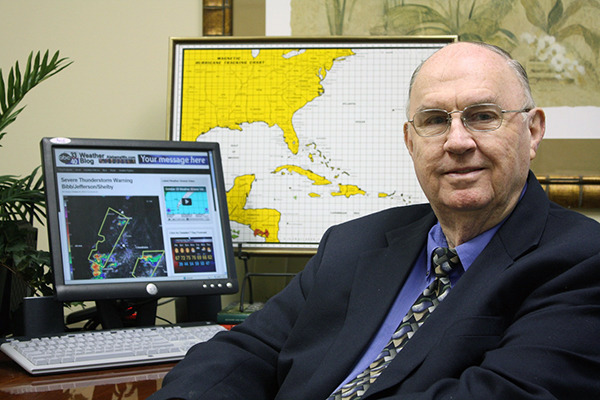Driverless Cars Are Giving Engineers A Fuel Economy Headache

By Gabrielle Coppola and Esha DeyBloomberg
Judging from General Motors Co.’s test cars and Elon Musk’s predictions, the world is headed toward a future that’s both driverless and all-electric. In reality, autonomy and battery power could end up being at odds.
That’s because self-driving technology is a huge power drain. Some of today’s prototypes for fully autonomous systems consume two to four kilowatts of electricity – the equivalent of having 50 to 100 laptops continuously running in the trunk, according to BorgWarner Inc. The supplier of vehicle propulsion systems expects the first autonomous cars – likely robotaxis that are constantly on the road – will be too energy-hungry to run on battery power alone.
In an industry where the number of LEDs in a brake light are scrutinized for their impact on gas mileage, processing data from laser, radar and camera sensors will be an enormous challenge – not just for coders working on machine learning, but for engineers trying to power vehicles efficiently. As major markets from California to China ratchet up pressure to curb pollution, automakers and their suppliers will have to find creative new ways to offset emissions produced by feeding the car’s increasingly intelligent brain.“We’ve been battling all the time because the governments are always pushing for a few percent improvement every year,” Scott Gallett, vice president of marketing at BorgWarner, said of fuel-economy standards. “This just amplifies that challenge.”
Please visit Alabama News Center for the Full Article
Category: ALL POSTS, Partner News Stories
















